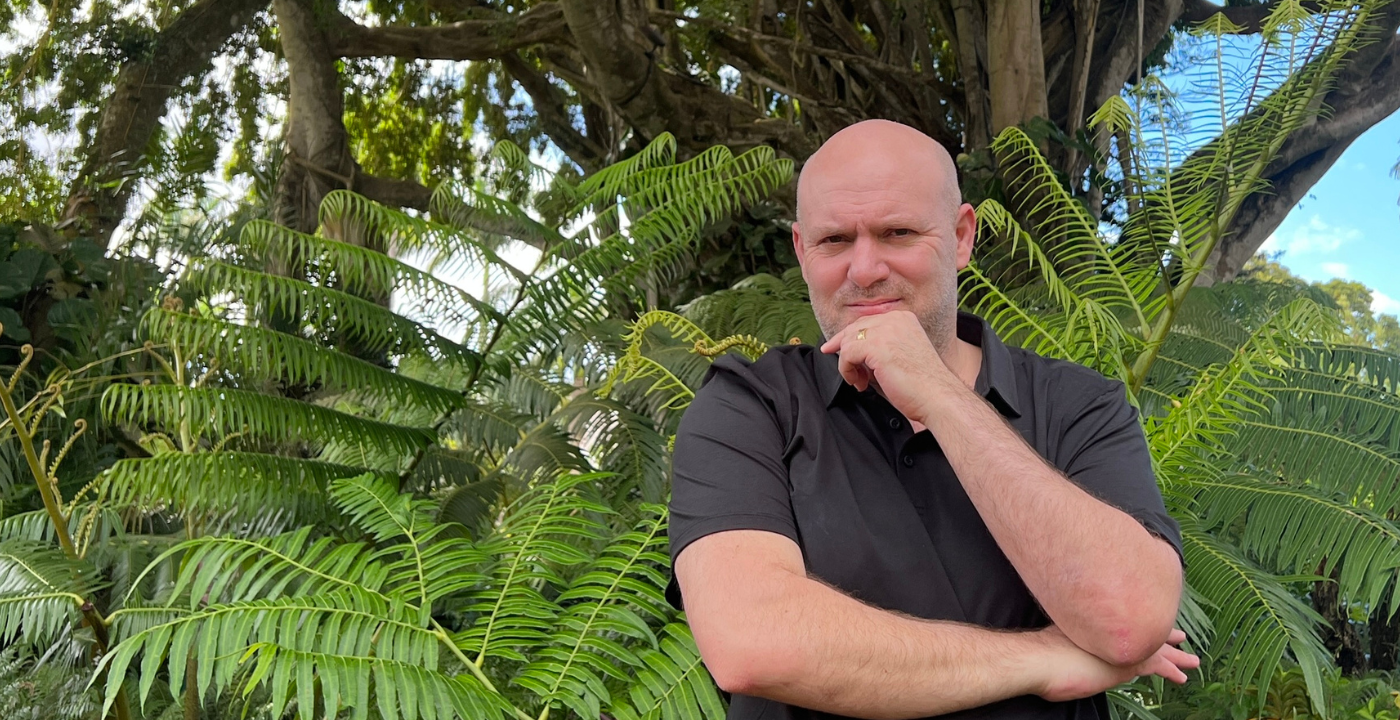Now, let's talk about how it all began. So these particular gems are found among the Sapphires that come out of all different parts of Sri Lanka, because they represent one in 100 million Sapphires. They're very uncommon, because pinks are rare. But we do get pinks, right? We get violets, we get blues, we get oranges, we get all the colors of the spectrum in rough coming out of Sri Lanka. But this is the perfect mix of two colors to create the legendary Padparadscha.
You know, there's different types of Padparadschas that different, particular people collect. There's the sunrise color all the way to the sunset color. And I'm going to explain about that. The sunrise color, I would say, is probably 80% pink to 20% orange. And then it goes all the way to the sunset color, which is the exact opposite: 80% orange, 20% pink.
Now, there is a whole world and a whole opinion within the gemological associations of the world: what they accept as Padparadscha and what they don't. It all really depends on the laboratory, but the range can be 80/20, the range could be 70/30. Some labs only will give Padparadscha determination to 65/35 going in each color range. So it really depends on the laboratory.
But listen, if you can get a certificate that states Padparadscha, you're in good shape, because they're pretty much respected. If the lab is a reputable lab, and if the gemologist who certified it is reputable.
So when we're talking Padparadscha, we're talking about something that is rare, it is collectible, it's one in a hundred million Sapphires. And no joke, I move about 1,000 to 1,200 kilos of Corundum every month. That is my core business: wholesaling, cutting factories all over Thailand, all over the world. And I tell you, my core business is buying rough from all different locales. So I'm going to get into that in a minute, where Padparadscha is discovered, besides the legendary Sri Lanka. But it does represent a very minuscule amount of the material in the natural form.
Now, I saw a lot of rough. For example, I'll take you over to Ilakaka. I was one of the largest suppliers of rough Sapphire into the Chanthaburi and the world market of Ilakaka Sapphire at the time. When the discovery of Ilakaka happened 20-odd years ago, I was there, I was aggressive, I was buying rough like no tomorrow. And we did have a lot of Padparadschas that came out of Ilakaka. Predominantly after heat treatment, once they were exposed to 1,800 degrees of heat. A lot of times the silk would reduce, and the colors would improve, and there you would see an orangey-pink saturation. They still get certified as Padparadscha in almost every lab.
Kat Florence, she's a purist. She only sells Padparadscha that is 100% unheated, which is like looking for the needle in the haystack. It's the D Flawless dilemma. The reason why she will only use D Flawless in her jewelry is because she's a purist.
Every other major brand in the world sells VVS1. It's just the way it is. They also sell heated Padparadscha in most cases. Some of the most important Padparadschas out there are heated. And all that's happened was you took a natural Sapphire; you put it into a crucible at 1,800 degrees; you heated that stone. And it's sort of an aging process of what Mother Nature would have done over another billion years, etc. And therefore, you get a Padparadscha.
But Kat, no! If it ain't natural unheated, it ain’t Padparadscha in her world. But anyway, that's a different story. But if you've got a Kat Florence Padparadscha, you know what you got, you know the rarity and you know the collectibility.
So I'll take you: this is where it all began, it started in Sri Lanka. And we get this very sporadically. You buy 100 kilos, you maybe get one stone. It could be a 00.25 carat, could be a 00.50 carat, something like that. But it's not big sizes. You get a big Padparadscha, you're talking big, big money: $20,000, $30,000, $40,000, $50,000, a carat in 2.00, 3.00, 4.00, or 5.00 carat sizes.
And if you can get above 10.00 carat, you slap yourself and wake yourself up, because you're dreaming. You're dreaming. Good quality Padparadscha. Good color, perfect mix. Unheated, natural. 10.00 carat up. Big, big money. Big money. You got lots of money coming to you. Lots of money. They're just very, very uncommon. Something about when you mix Chromium and Iron together within the crystal structure, it's almost impossible to get clean. And it's very, very difficult to get it in large sizes.
So from Sri Lanka, I started going to Ilakaka. Now, Ilakaka was a crazy area. If you don't know what happened with Ilakaka, okay, we're talking about southern Madagascar. Now, nobody could imagine this would happen. Literally, I'm telling you, within 30 days of the discovery of the Ilakaka mine in Madagascar, there were 20,000 miners. They built a town. I've never seen anything like it. They built a town. There were gambling stations, there were restaurants, there was everything there. It was a town with 20,000 people living, and they were just mining randomly everywhere for Pink Sapphire.



